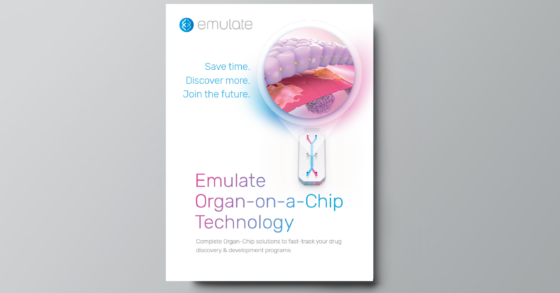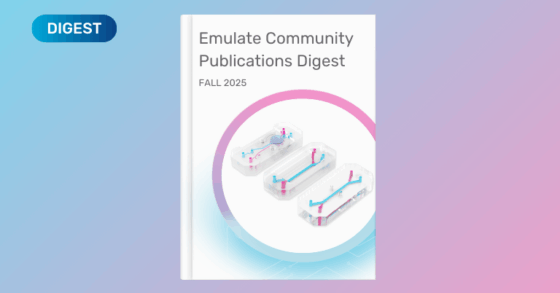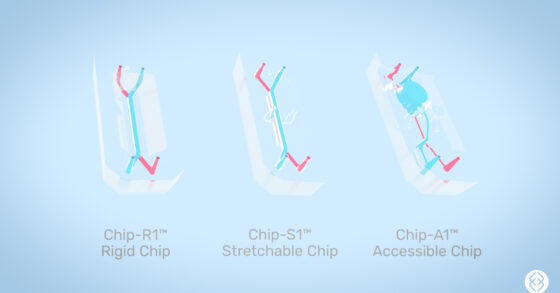organ-Chip Consumable
Chip-R1™ Rigid Chip
Improve precision in ADME and toxicology applications with a low-drug-absorption profile

Overview
Dose your samples without concern for drug absorption
The Chip-R1 Rigid Chip is constructed with minimally drug-absorbing plastics, making it well suited for ADME and toxicology applications.
Key Benefits
Low Drug Absorption
The minimally drug absorptive properties of Chip-R1’s rigid plastic make it better suited for ADME and toxicology applications, where being able to accurately calculate drug recovery is critical.
Increased Shear Stress
With up to 2.3 dyn/cm2 of shear stress, Chip-R1 increases physiological relevance for applications such as immune cell recruitment.
Simplified Workflows
Chip-R1 features a pre-activated membrane, which streamlines the user workflow and saves time.
Shorter Working Distance for Imaging
Imaging workflows are easier due to the significantly shorter working distance required to reach the epithelial channel.
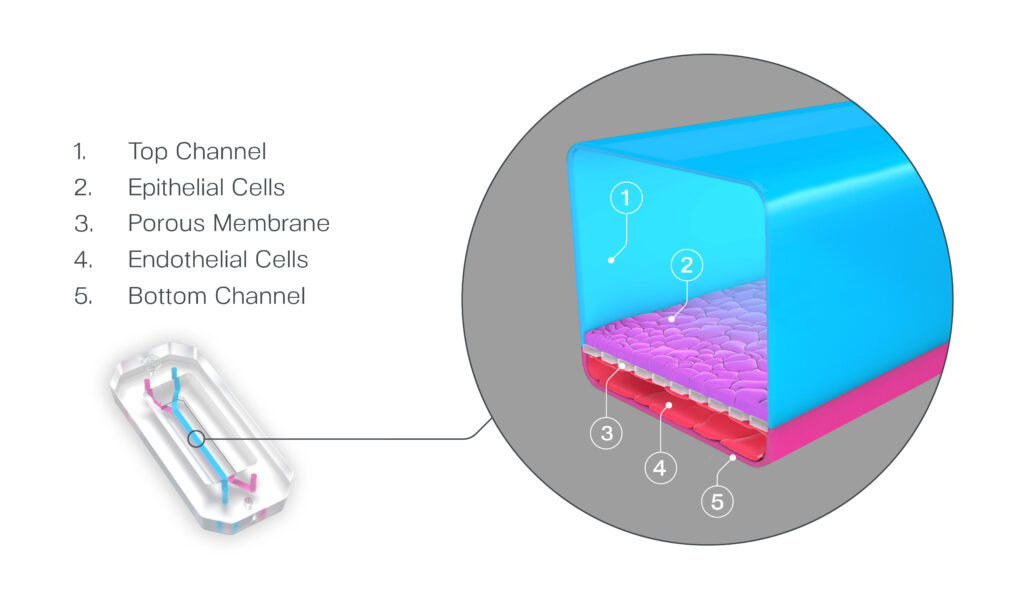
Overview Video
Get to Know Chip-R1
Learn how Chip-R1 enables users to model organs without concern for drug absorption.
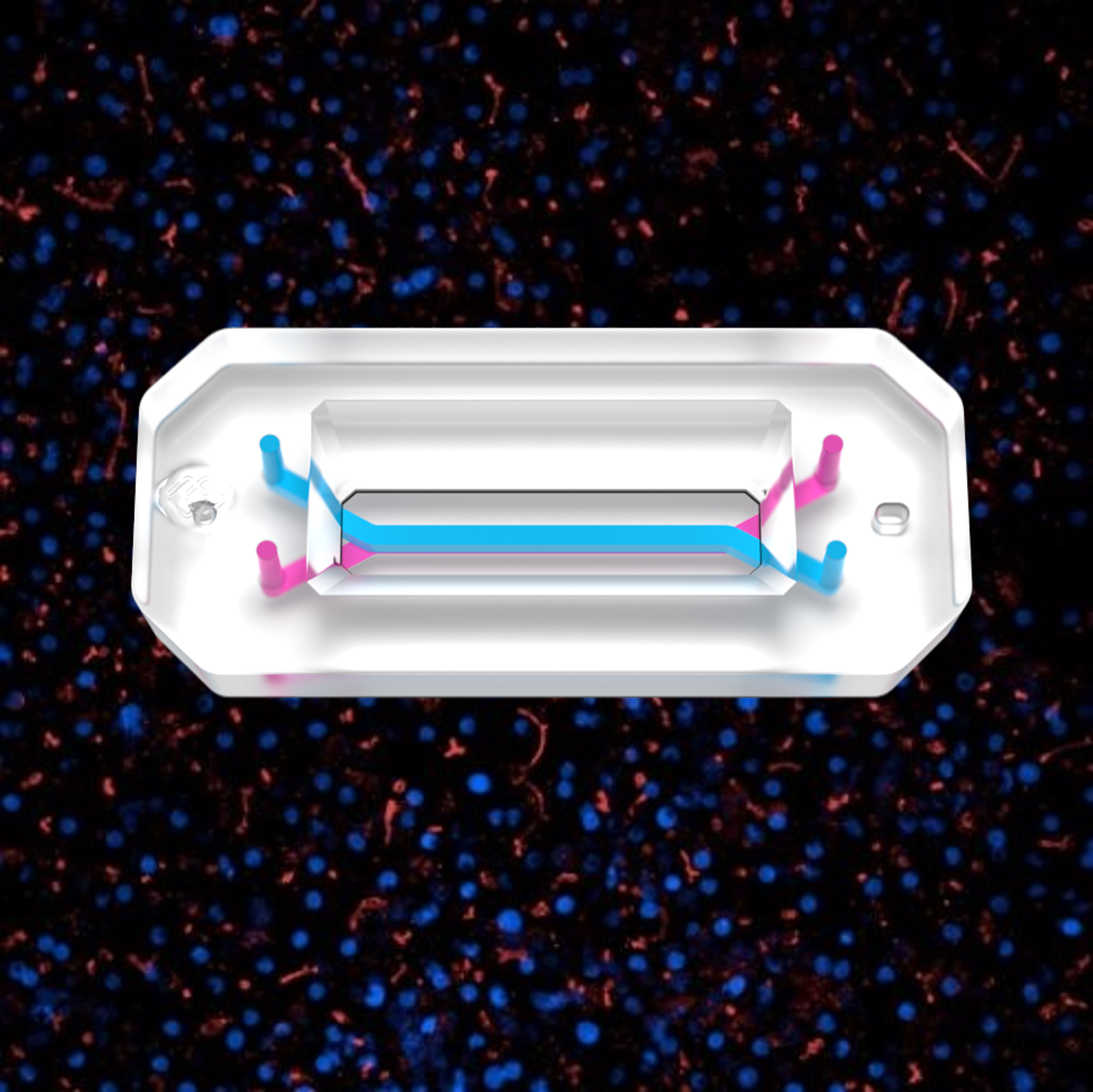
Case study
Improving the detection of hepatoxicity in drug dosing studies
Chip-R1 demonstrates a low-drug-absorbing profile for a panel of eight compounds with a range of physiochemical properties. Three of those compounds, including Nefazodone, are highly lipophilic compounds known to have high PDMS absorption liability. The Emulate Liver Quad Culture model on Chip-R1 was used to profile Nefazodone response in comparison to Chip-S1. Chip-R1 was able to detect a DILI response to Nefazodone that was absent on Chip-S1.
Absorption Profile of Hepatic-Relevant Compounds
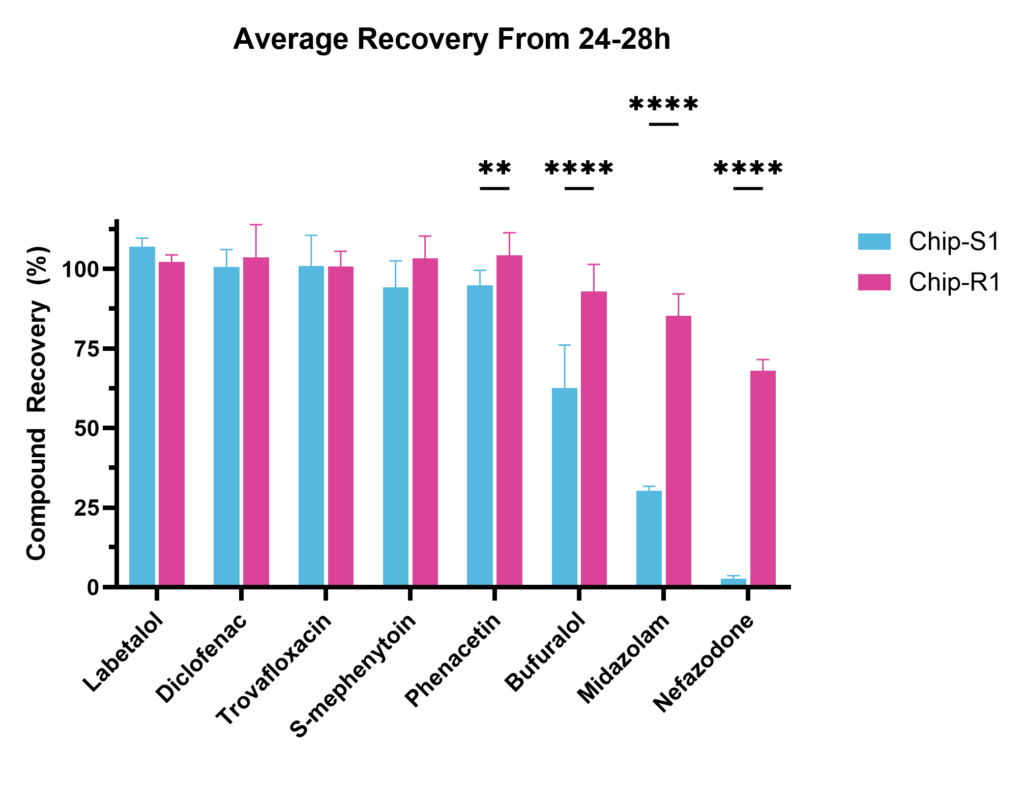
Recovery refers to ratio of outlet to inlet concentration of concerned compound. Data shown as mean ± SD. Significance in recovery determined by two-way ANOVA with Fisher’s LSD multiple comparison test. n=3–4 chips per condition, with values for top and bottom channels averaged per chip, **p<0.01, ****p<0.0001.
Albumin Response

ALT Response

Compatible with Zoë-CM2® Culture Module
The Zoë-CM2 Culture Module is a versatile system for model development & target validation. Capable of culturing up to 12 Organ-Chips at a time, the user-friendly platform gives researchers a window into the inner workings of human biology.
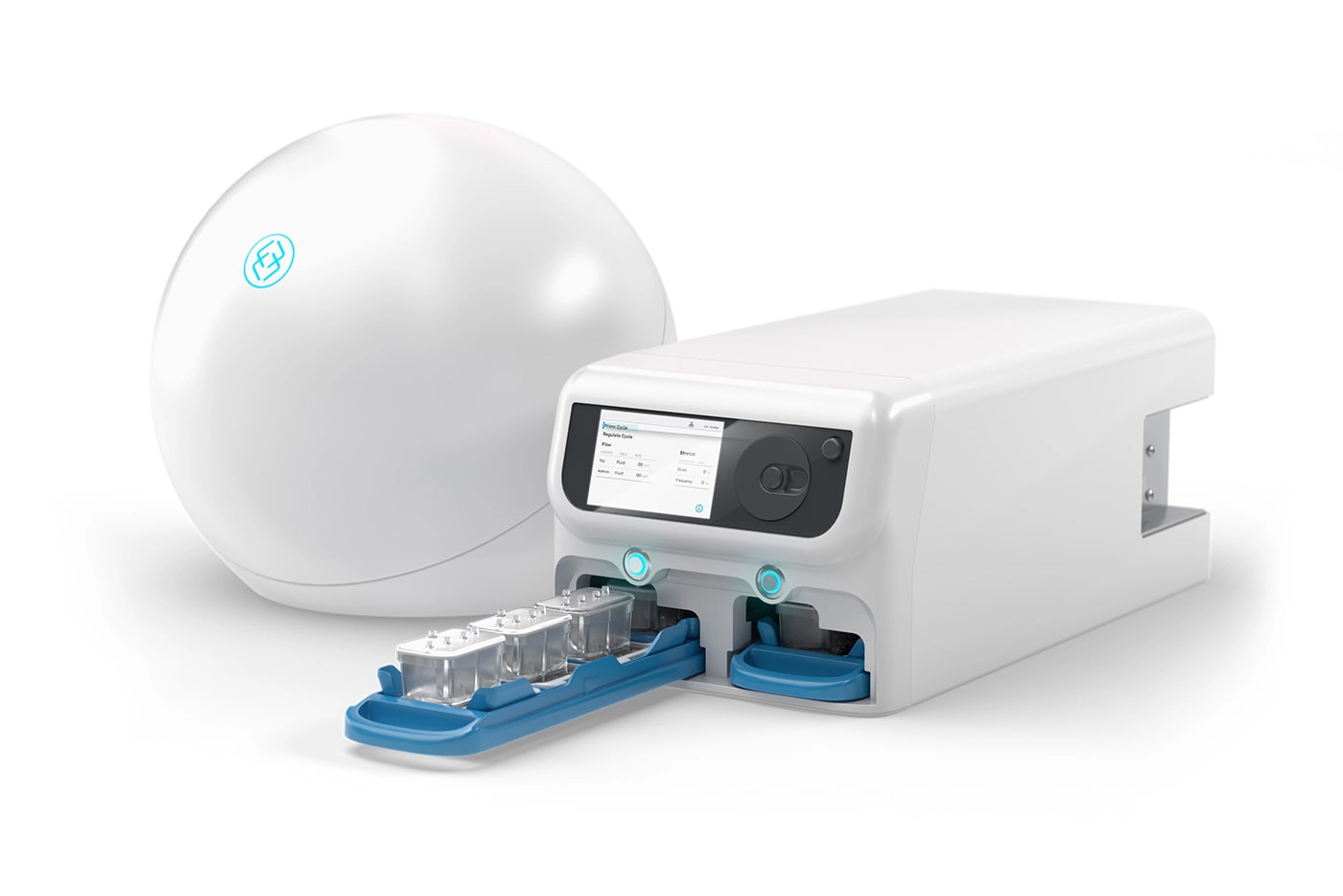
FEATURED RESOURCE
Chip-R1 Basic Research Kit Data Sheet
Learn more about Chip-R1 and how it ensures greater accuracy for evaluating drug candidates, while building on key microfluidic capabilities.


